The Importance of Website Security: Tips for Securing Your Webflow Website
Learn about the important role website security plays in your online presence and the security measures Webflow implements to keep your Webflow website safe...
.avif)
Introduction
In the ever-evolving digital landscape, website security is of paramount importance. Whether you run a personal blog or a business website, ensuring the security of your online presence is crucial to protect sensitive information and maintain your reputation.
As a CMS and hosting provider, Webflow understands the importance of protecting your website from potential threats. In this blog, we will explore the robust security measures that Webflow implements to safeguard your website, providing you with peace of mind and a dependable online presence.
How secure is Webflow?
Every website worldwide is susceptible to cybercrime, therefore the strength of your web security plays a crucial role in minimising the risk of DDoS (Distributed Denial of Service) attacks, phishing attempts, malware infections, SQL injections, and other cyber threats.
According to Verizon's 2022 data breach report, approximately 43% of cyberattacks target new and small businesses due to their tendency to overlook web security measures and so in order to safeguard yourself, it is imperative to implement certain protective measures.
Webflow maintains a highly secure server infrastructure. Regular security patches and updates are applied to address vulnerabilities promptly. The servers are protected by robust firewalls and intrusion detection systems, actively monitoring and blocking unauthorised access attempts. These measures ensure the integrity and security of your website's underlying infrastructure.
Webflow is SOC 2 compliant
Webflow has obtained SOC 2 compliance, which indicates that the company adheres to comprehensive security practices and ensures their regular maintenance. Achieving SOC 2 compliance requires undergoing a thorough third-party audit of the provider's security practices and meeting specific criteria across five trust services areas:
- Security: Webflow's systems and information are safeguarded against unauthorised access.
- Availability: The systems provided by Webflow are consistently accessible and operational.
- Processing integrity: Webflow's systems function accurately and in a timely manner.
- Confidentiality: Information classified as confidential is adequately protected by Webflow.
- Privacy: Webflow collects and retains information in a secure manner when necessary, and ensures its proper disposal when no longer needed.
By attaining SOC 2 compliance, Webflow assures users that their security practices align with industry standards, instilling confidence in the protection of their data and the reliability of their services.
Why Paddle Creative Trust Webflow
At Paddle Creative, we consider ourselves a Webflow agency and as such, place our complete trust in Webflow when it comes to building all of our websites. We value Webflow's speed of development and top-notch security, which makes it their unequivocal number one choice.
By relying on Webflow, we ensure that their clients' websites are not only visually appealing and user-friendly but also built on a foundation of robust security measures. Webflow's intuitive interface empowers Paddle Creative to create stunning websites without compromising on the essential security aspects.
Webflow’s Security Measures:
SSL Encryption: Safeguarding Data Transmission

The foremost security measure a website requires is Secure Sockets Layer (SSL). SSL helps secure the connection between two sources on the internet, making it arduous for hackers to access or manipulate the exchanged data. We won’t dive deep into SSL right now, but if you want to know more check out this resource: What is SSL and HTTPS?
Webflow prioritises the security of data transmitted between visitors and your website. Every Webflow website comes with a free SSL certificate for custom domains, ensuring that sensitive information remains encrypted during transmission. This encryption establishes a secure and trusted connection, protecting your visitors' data from interception or unauthorised access.
While some web hosting companies offer free SSL certificates, many charge an additional fee for this service. The validity of SSL certificates varies depending on the provider, usually lasting a maximum of 13 months before requiring renewal. An easy way to know if you or a website you’re visiting has a valid SSL certificate is by checking if it has a "HTTPS" and a "Lock" icon in the website's URL. To ensure the certificate's validity, you can also utilise an SSL Checker tool.
DDoS Protection: Ensuring Website Availability
Distributed Denial of Service (DDoS) attacks pose a significant threat to websites as they can be detrimental to a website's functionality by inundating it with an overwhelming volume of traffic. However, with the adoption of Webflow as your web hosting platform, you gain the advantage of robust DDoS protection measures.
Webflow employs advanced techniques to detect and mitigate DDoS attacks effectively. By closely monitoring incoming traffic patterns, Webflow's security systems can identify and differentiate between legitimate user requests and malicious traffic attempting to disrupt your website. This proactive approach allows Webflow to take immediate action to counteract and neutralise the DDoS attack and ensure that your website remains accessible and responsive even in the face of attempted attacks.
With Webflow's comprehensive DDoS protection, you can have peace of mind knowing that your website is equipped with the necessary defences to withstand and overcome these malicious attacks, safeguarding your online presence and maintaining a seamless user experience for your visitors.
Secure Hosting Environment: Protecting Your Website's Space
Webflow provides a secure hosting environment by implementing stringent access controls. Websites hosted on Webflow benefit from restricted access, preventing unauthorised entry. The physical security of the hosting infrastructure is also upheld, ensuring that your website is protected from physical threats.
Webflow hosts all of its sites on AWS (Amazon Web Services). By leveraging the robust infrastructure of AWS Hosting, Webflow ensures the consistent and reliable operation of their services, which in turn guarantees the smooth functioning of your website. This partnership offers numerous benefits, including enhanced security measures, protection against various security threats and cyberattacks, and the ability to handle sudden surges in web traffic effectively.
With Webflow's AWS-based hosting service, you can trust that your website is hosted securely and reliably. Webflow offers a range of site plans tailored to accommodate different requirements, ranging from Basic and Business plans to Enterprise-level options. Regardless of the plan you choose, Webflow maintains the same high professional standards across all levels, assuring you of top-notch hosting services for your website.
Regular Backups: Safeguarding Your Website's Data
Webflow offers an automated backup feature for websites hosted on its platform, ensuring the safety and recoverability of your website's data. These regular backups serve as a safeguard against unforeseen incidents or data loss by enabling you to restore previous versions of your website when needed. By incorporating automatic backups into its system, Webflow provides an additional layer of security and tranquillity.
In addition to automated backups, Webflow takes measures to protect your website from unexpected accidents and unintended modifications. As you work on your site, Webflow saves backups automatically, minimising the risk of losing progress or changes.
Furthermore, you have the flexibility to manually create backups before undertaking significant modifications, allowing you to name these backup files for easy reference. Rest assured that all vital elements, including images and other assets, are included in the backup process, ensuring their preservation.
By implementing regular backups and comprehensive backup practices, Webflow ensures that your website remains secure, protected, and equipped with the ability to recover data in the face of any potential setbacks.
Account Security: Protecting User Access
Webflow employs industry-standard security practices to protect user accounts. Passwords are securely stored using strong encryption algorithms, reducing the risk of unauthorised access. Two-factor authentication (2FA) options are also available, adding an extra layer of security to your account and account activity monitoring helps identify and address any suspicious behaviour promptly.
Additionally, Webflow lets you establish site-wide and per-page password protection to limit access to particular web pages, collections, or even whole websites. To share pages that include confidential client prototypes or internal documents, you can provide each of your external clients or team members a different set of login credentials.
To provide a unified experience, Webflow also enables you to customise the appearance of the login pages so that they seem professional and complement the general design of your site all while keeping your website secure.
Webflow Doesn’t Rely on Plugins
Webflow and WordPress stand as the two leading options for professional website builders, however, they differ in their approach to core functionality integration. Webflow incorporates essential features like visual design control, SEO, CMS, and forms directly into its platform whereas WordPress relies on third-party plugins to enable similar functions. This reliance on plugins introduces potential security risks, as each plugin may possess its own vulnerabilities, necessitating the installation of additional security support.
The use of plugins introduces an element of uncertainty, as they are developed by third-party creators, making it challenging to assess their security practices. Reliance on developers to publish timely updates for their plugins and then implementing those updates on your site becomes crucial and falling behind on plugin updates exposes your website to potential hacking attempts.
In contrast, Webflow exclusively integrates with reputable companies that maintain their own robust security measures. Notable examples include Mailchimp for customer management and Stripe or PayPal for payment processing. These companies prioritise transparency and implement separate secure logins, instilling confidence in their reliability.
By focusing on integrations with established and trustworthy entities, Webflow offers a more secure environment for your website. You can rest assured that your website benefits from reliable security measures without the need for extensive plugin installations, minimising potential vulnerabilities and enhancing overall protection.
If you would like to know more about the differences between Webflow and WordPress, this Webflow vs WordPress blog is a good starting point.
Conclusion
Website security is a critical aspect of maintaining a safe and trustworthy online presence. Webflow takes website security seriously and provides a range of robust measures to protect your website from potential threats. From SSL encryption to regular backups, the powerful CMS implements multiple layers of security to safeguard your website and your visitors' data. By hosting your website on Webflow, you can focus on building and growing your online presence with the confidence that your website's security is in good hands.
Thinking of joining Webflow? Get in touch today or visit our Webflow Websites page to see how Paddle Creative can help you make a safe splash online.


.svg)

.svg)



%20(1).jpg)

.jpg)
%20(1).jpg)


.jpg)

%20(1).jpg)
%20(1).jpg)
%20(1).avif)



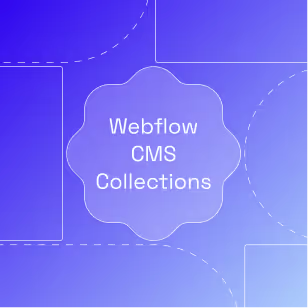




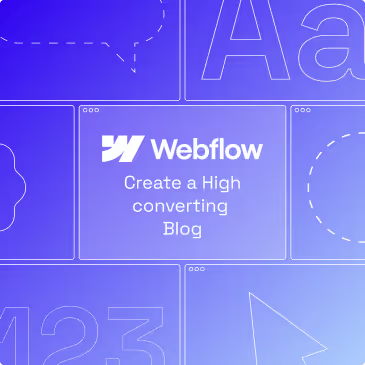
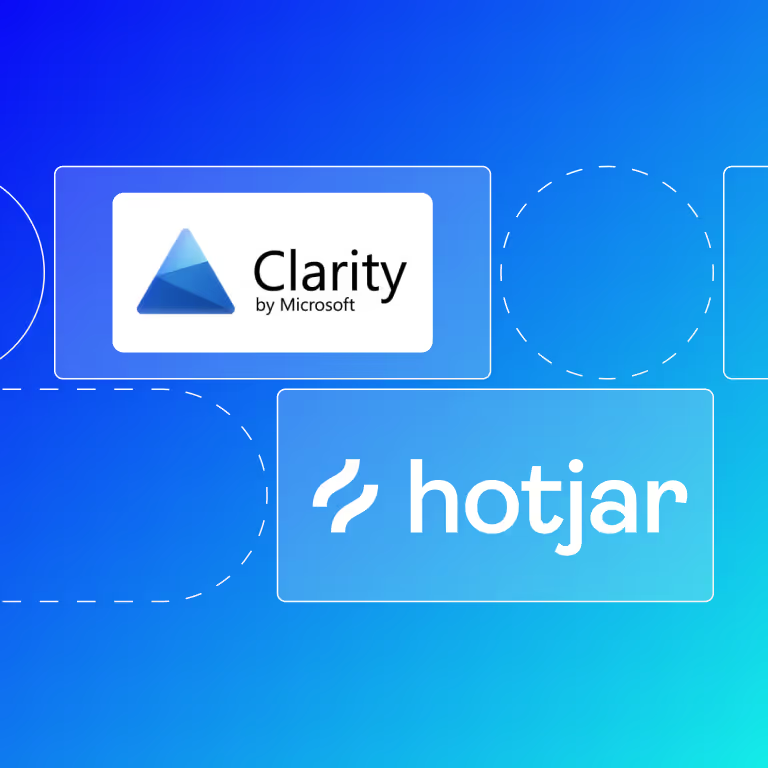


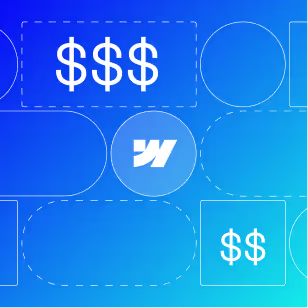

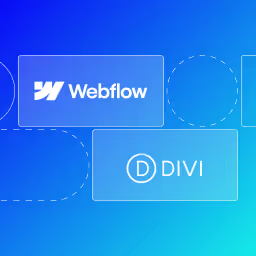


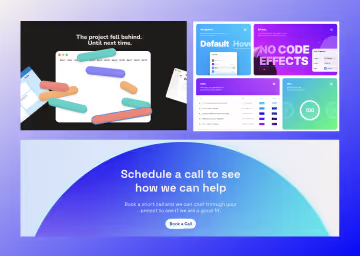




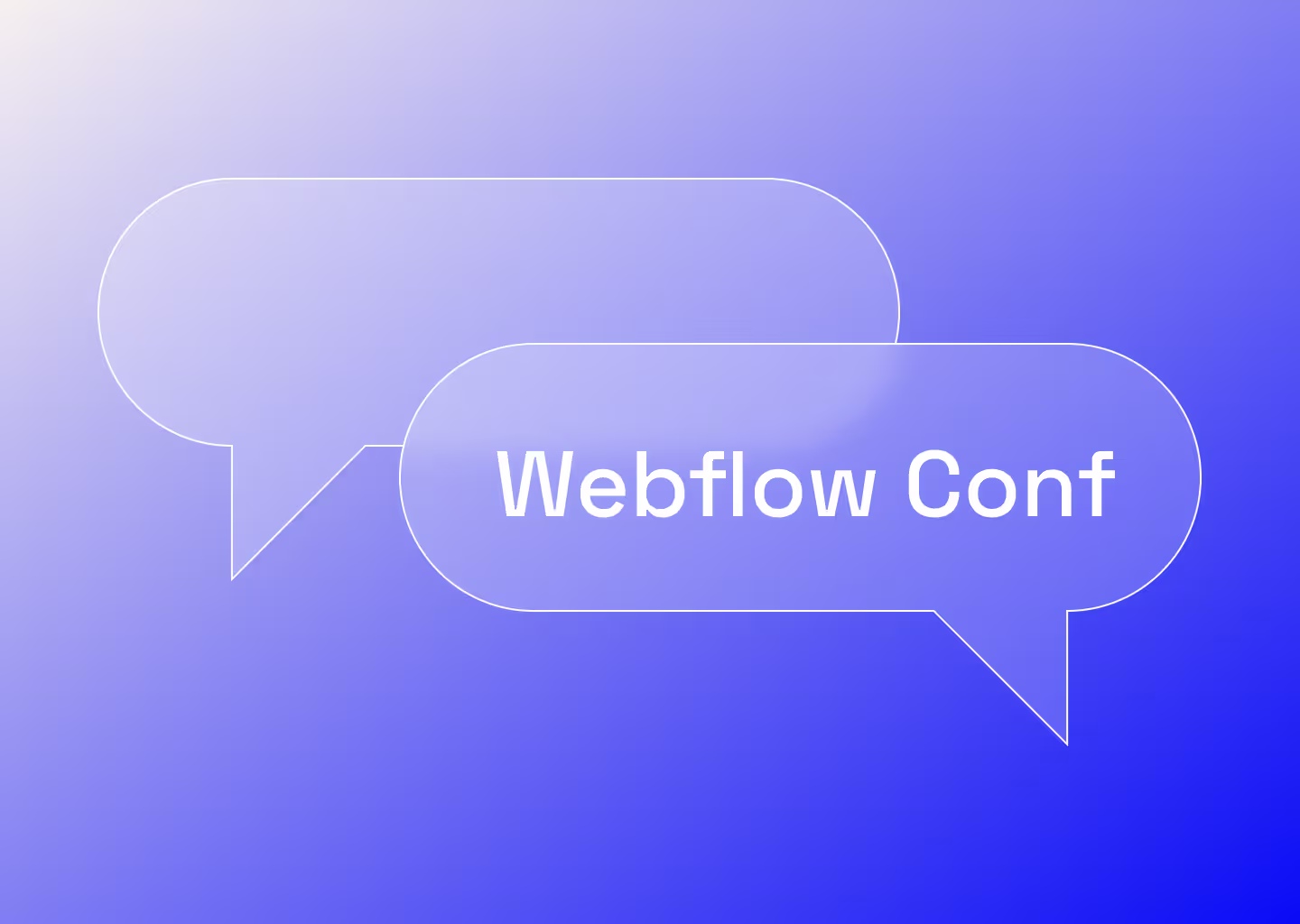

%20(2).avif)
.avif)



.avif)
.avif)
.avif)
.avif)
.avif)
.avif)
.avif)
.avif)
%2520(1).avif)
%2520(1).avif)
.avif)
%2520(1).avif)
%2520(1).avif)
%2520(1).avif)
%2520(1).avif)
%2520(1).avif)
%2520(1).avif)
.avif)
.avif)

.avif)






.avif)




